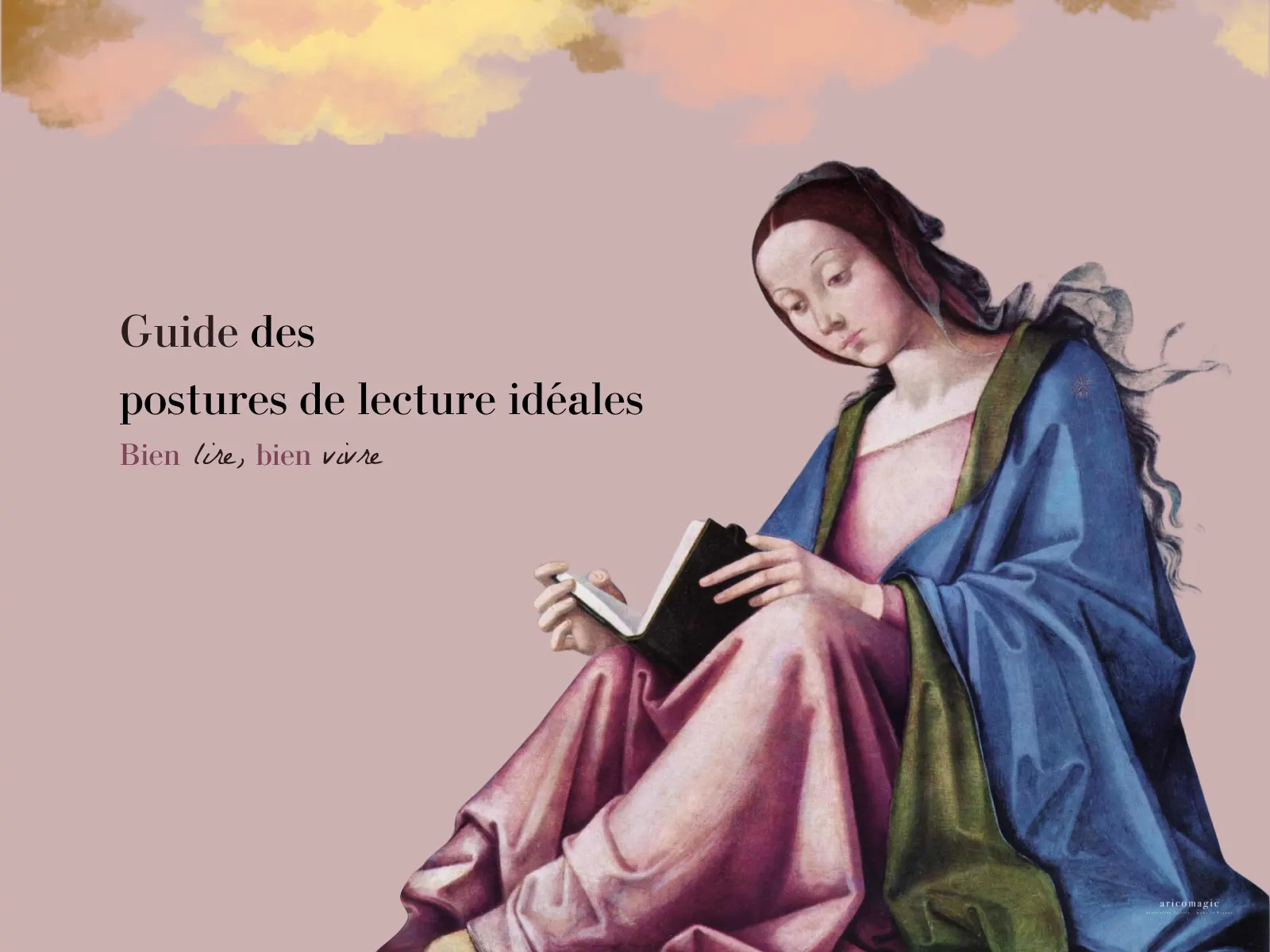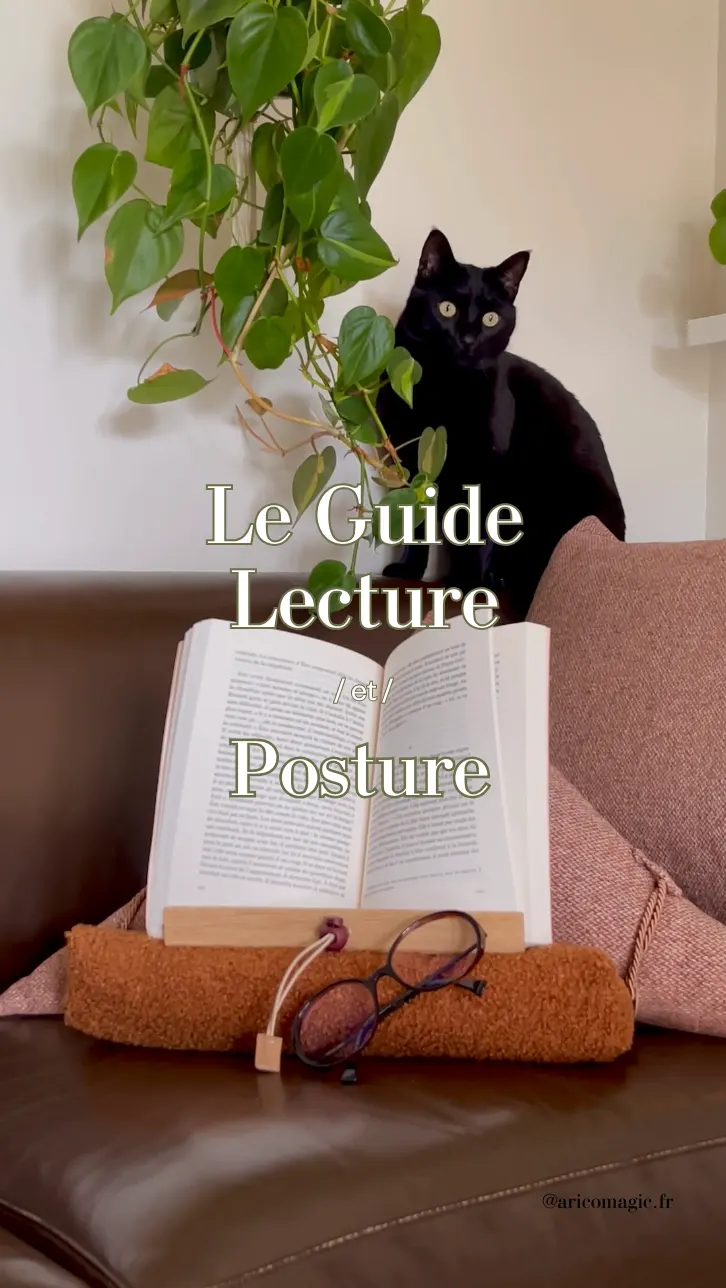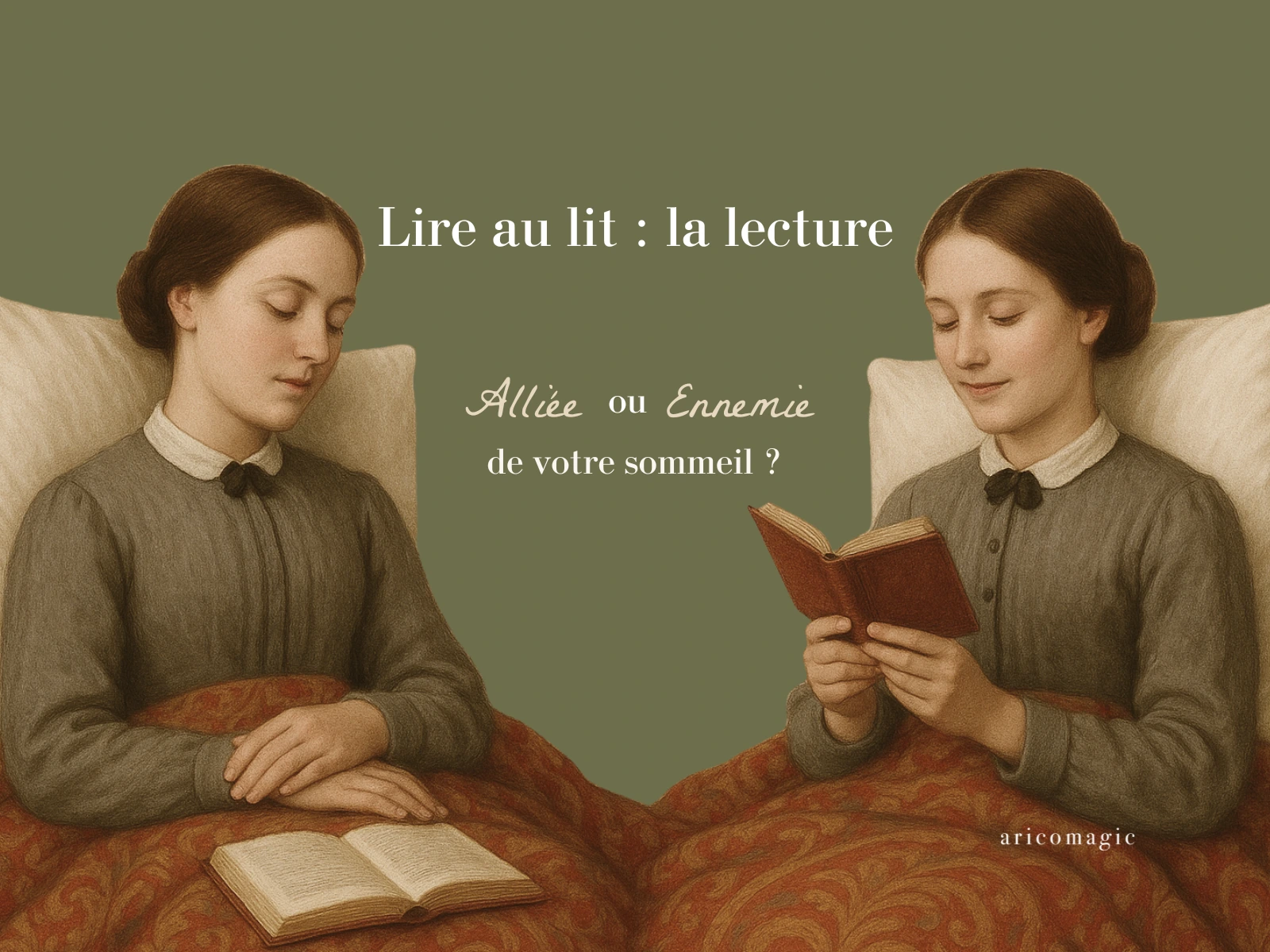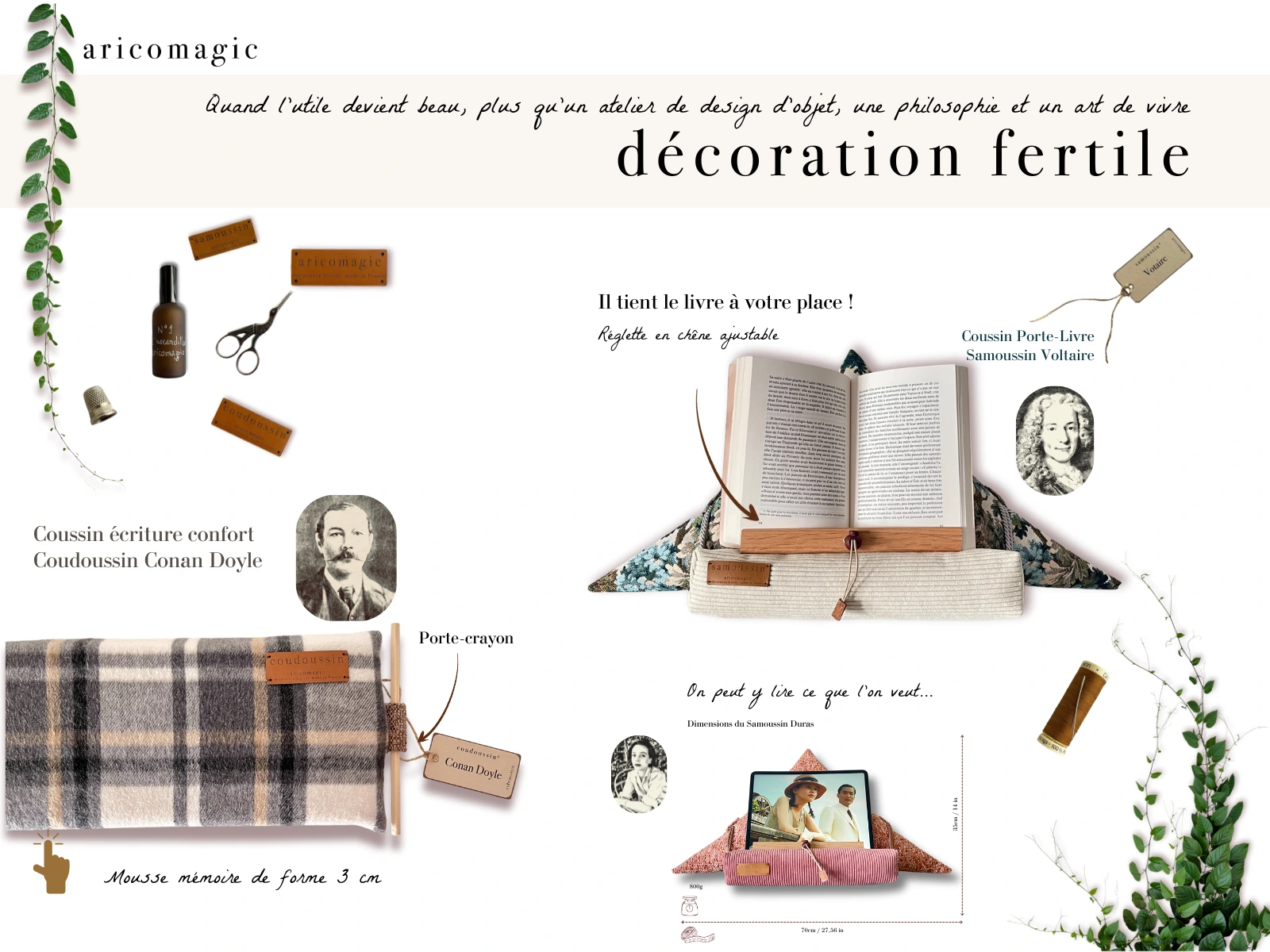Reading Well, Living Well: A Guide to Ideal Reading Posture

Reading: When Pleasure Becomes a Strain
Who hasn’t experienced neck or shoulder tension after a long reading session? According to a recent National Health Institute study, 68% of regular readers report occasional cervical pain related to their reading posture. Yet these precious reading moments should be pure relaxation, without compromising physical comfort.
The Impact of Poor Reading Posture
Headaches, neck tension, shoulder pain… These all-too-familiar discomforts can transform our reading moments into genuine sessions of unease. J. Weber, a Paris-based physiotherapist specializing in ergonomics, reminds us that “when we read extensively, the position we adopt during reading has a direct impact on our physical well-being, both short and long term.”
At Aricomagic, we believe reading comfort isn’t a luxury but a necessity. That’s why we’ve thoroughly studied different reading postures and their impact on our bodies, to offer solutions that combine comfort with elegance.
Expert-Recommended Reading Positions
The ideal reading position should allow the spine to maintain its natural curves while minimizing neck strain

The art of reading well begins with the art of positioning yourself well. Specialists are unanimous: our reading posture directly impacts our ability to fully enjoy our literary moments.
Positions to Absolutely Avoid
- The “giraffe neck” reading: lying on your stomach with head raised – this position excessively strains the cervical spine
- The “turtle” position: head too far forward, creating significant neck strain
- The “extended arms” reading: holding your book or tablet at arm’s length quickly tires the shoulders
- The “contortionist” position: reading while twisted sideways without proper support
- The “smartphone syndrome”: head down over your reading, chin against chest
Seated Position: The Fundamentals
- Back straight but relaxed, supported at the lumbar level
- Feet flat on the floor or slightly elevated
- Book or tablet inclined at approximately 45 degrees
- Forearms ideally supported to reduce shoulder tension
Lying Position: The Golden Rules
- Head and neck aligned with the rest of the body
- Cervical spine supported by an adapted support
- Book maintained at eye level
- Elbows comfortably resting on a support
- In this case, the advantage of the samoussin is that you can stretch your legs or turn to your side. Since it holds the book open for you with its ruler, you don’t remain fixed in position.
Practical Solutions for Comfortable Reading
The key to comfortable reading lies in adapting your environment. A suitable reading support like the Samoussin naturally maintains these recommended positions, whether you’re in bed, your favorite armchair, or even outdoors on a lounge chair.
Setting Up Your Reading Corner: The Importance of Lighting and Visual Aids
Good lighting is crucial for comfortable reading. Prioritize:
- Natural light whenever possible, avoiding direct reflections on your reading material
- Sufficient indirect artificial lighting – at least 500 lux for comfortable reading
- An adjustable reading lamp that allows you to direct light according to your position
- Complementary ambient lighting to avoid harsh contrasts
If you experience visual fatigue, don’t hesitate to use reading magnifying glasses:
- Choose correction adapted to your vision (from +1 to +3.5 according to your needs)
- Opt for anti-reflective treated lenses to reduce eye strain
- Prefer lightweight frames that don’t mark your nose
- Keep a pair in each reading corner to always have them within reach
The ideal distance between your eyes and your book should be approximately 30 to 40 centimeters.
Breaks and Stretches
Don’t forget to take regular breaks, even during the most captivating passages. Every 30 minutes, take a few seconds to look into the distance and do some gentle head rotations.
These detailed tips will help you create optimal conditions to fully enjoy your reading moments while preserving your long-term physical health.





